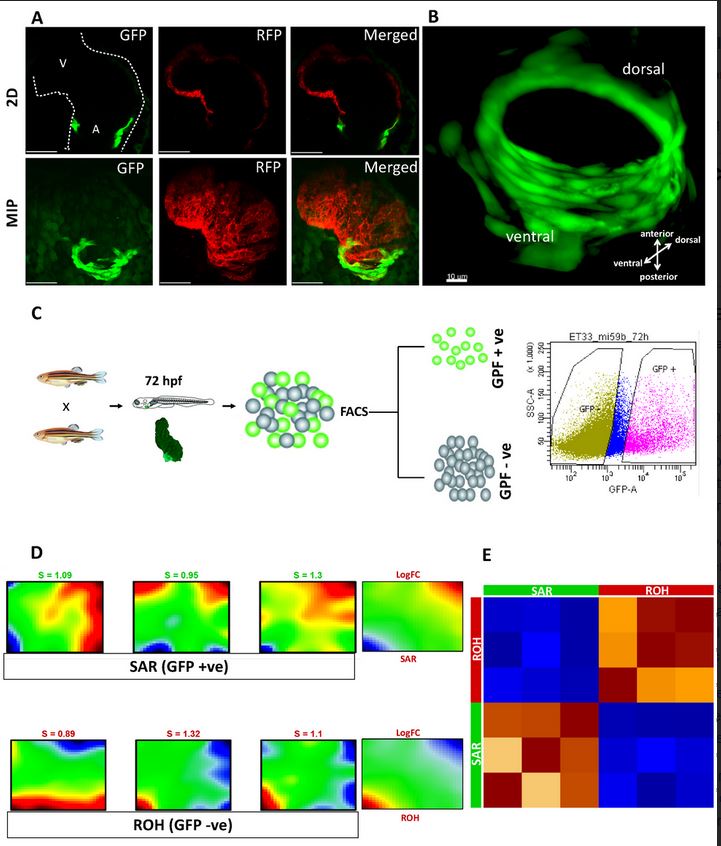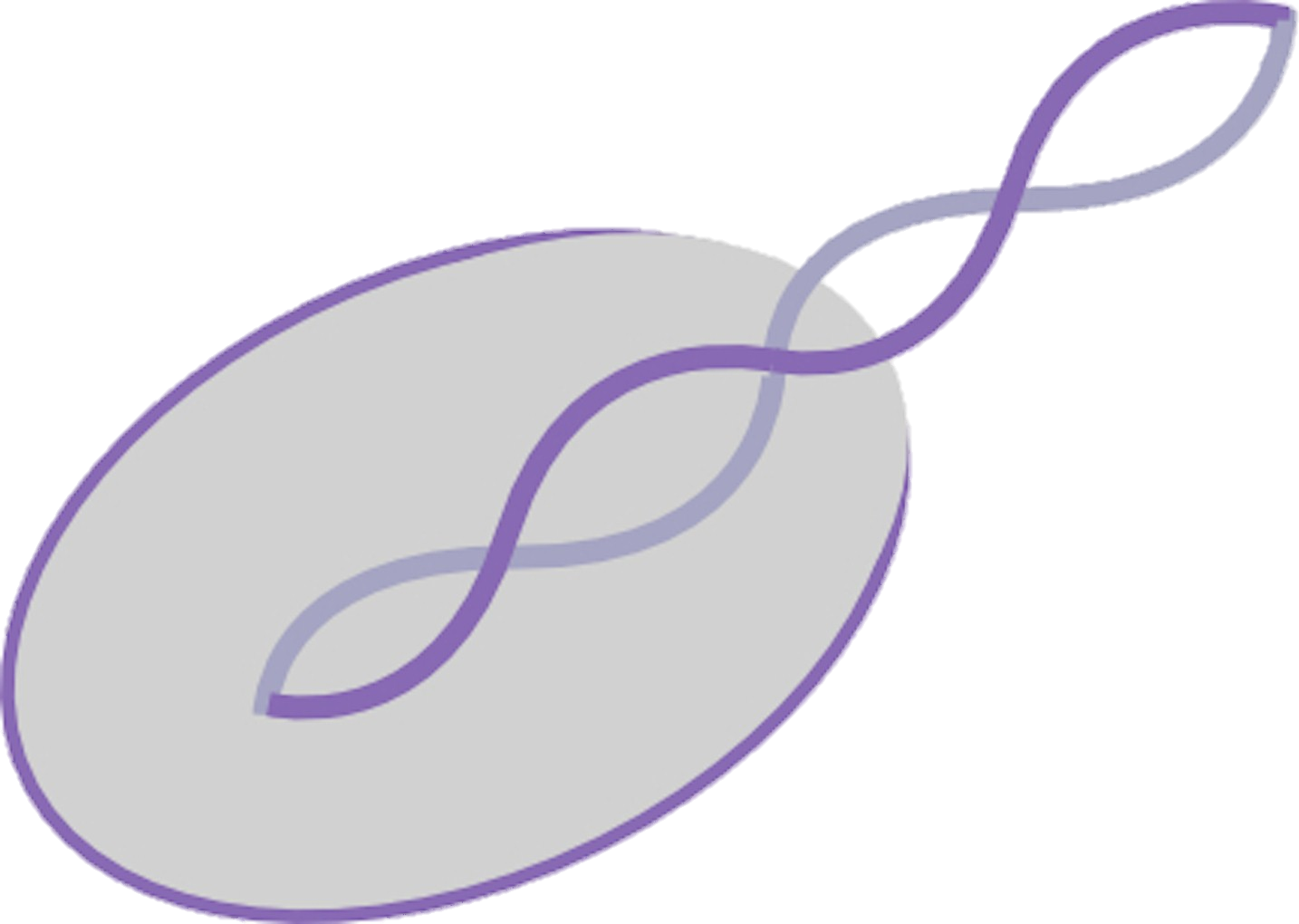TRANSCRIPTOME PROFILE OF THE SINOATRIAL RING REVEALS CONSERVED AND NOVEL GENETIC PROGRAMS OF THE ZEBRAFISH PACEMAKER

Background: Sinoatrial Node (SAN) is part of the cardiac conduction system, which controls the rhythmic contraction of the vertebrate heart. The SAN consists of a specialized pacemaker cell population that has the potential to generate electrical impulses. Although the SAN pacemaker has been extensively studied in mammalian and teleost models, including the zebrafish, their molecular nature remains inadequately comprehended.
Results: To characterize the molecular profile of the zebrafish sinoatrial ring (SAR) and elucidate the mechanism of pacemaker function, we utilized the transgenic line sqet33mi59BEt to isolate cells of the SAR of developing zebrafish embryos and profiled their transcriptome. Our analyses identified novel candidate genes and well-known conserved signaling pathways involved in pacemaker development. We show that, compared to the rest of the heart, the zebrafish SAR overexpresses several mammalian SAN pacemaker signature genes, which include hcn4 as well as those encoding calcium- and potassium-gated channels. Moreover, genes encoding components of the BMP and Wnt signaling pathways, as well as members of the Tbx family, which have previously been implicated in pacemaker development, were also overexpressed in the SAR. Among SAR-overexpressed genes, 24 had human homologues implicated in 104 different ClinVar phenotype entries related to various forms of congenital heart diseases, which suggest the relevance of our transcriptomics resource to studying human heart conditions. Finally, functional analyses of three SAR-overexpressed genes, pard6a, prom2, and atp1a1a.2, uncovered their novel role in heart development and physiology.
Conclusion: Our results established conserved aspects between zebrafish and mammalian pacemaker function and revealed novel factors implicated in maintaining cardiac rhythm. The transcriptome data generated in this study represents a unique and valuable resource for the study of pacemaker function and associated heart diseases.
click here to read the full article: https://www.researchsquare.com/article/rs-130687/v1
